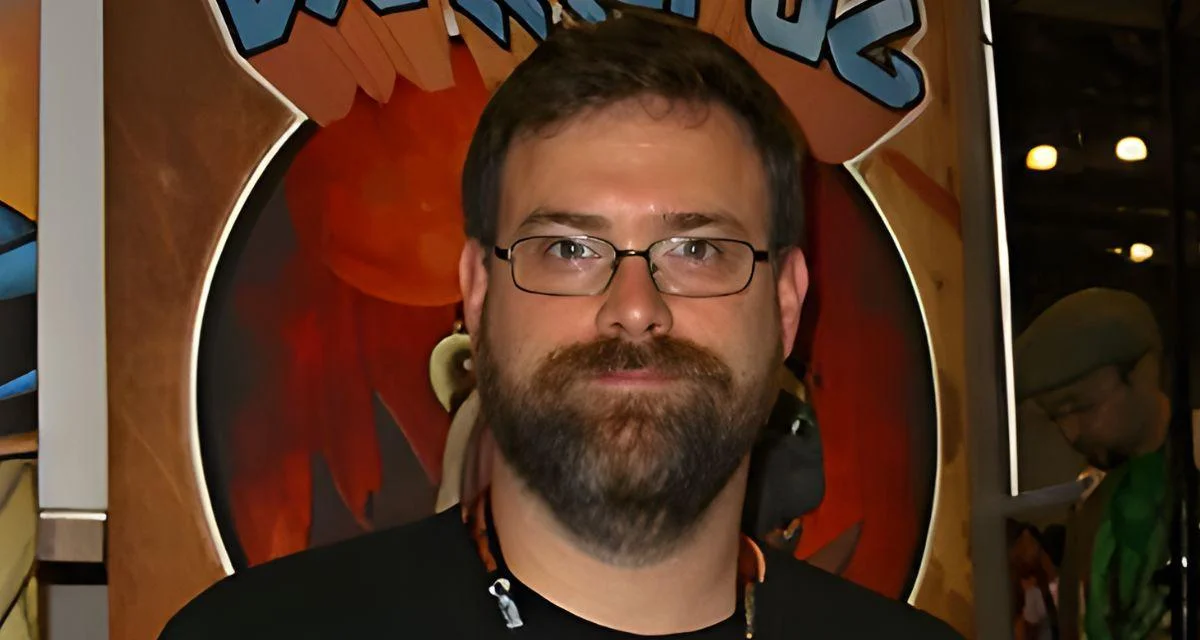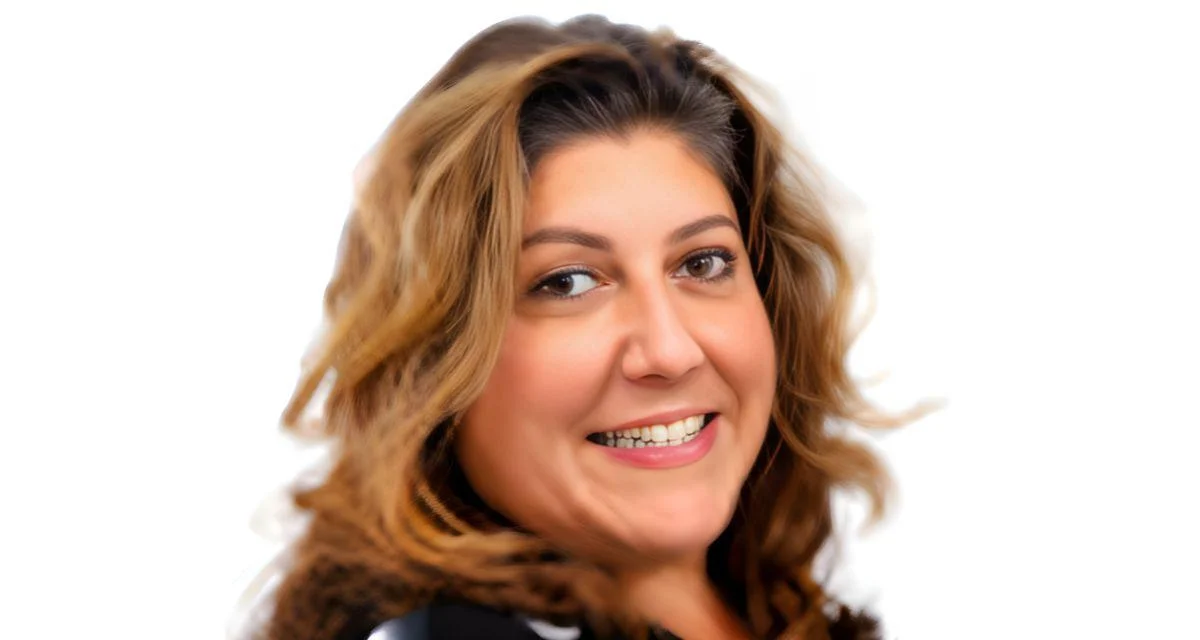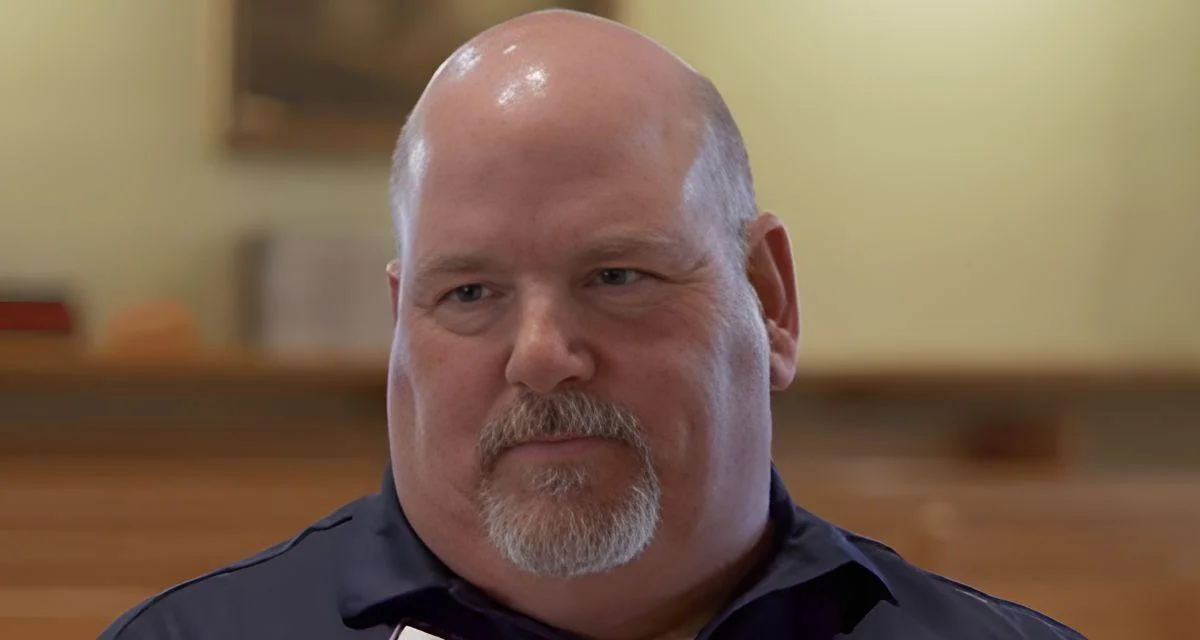When considering addiction treatment, individuals often face a choice between residential care, partial hospitalization programs (PHP), and intensive outpatient programs (IOP). Each level of care offers different structures and is suited to varying needs.
Clinicians use established guidelines, such as the ASAM Criteria, to determine the most appropriate level of care for each person. This process takes into account factors like withdrawal risk, mental health needs, living environment, and available recovery resources.
Residential treatment provides 24/7 onsite support in a structured setting. It is typically recommended for those with moderate-to-severe substance use disorders, recent relapses, or unstable home environments. The program includes daily therapy sessions, group activities, skill-building exercises, and supervised downtime. Stays usually last between 30 to 45 days or longer depending on individual needs and insurance authorization.
PHPs offer full-day programming—usually five to six hours per day over five days a week—while allowing participants to return home or to sober housing at night. This option suits individuals stepping down from residential care or those who need intensive therapy without overnight supervision.
IOPs involve nine to twelve hours of structured treatment per week spread across several days. These programs are intended for people with mild-to-moderate substance use disorders who have stable housing and support systems or are transitioning from higher levels of care.
Choosing the right program depends on current risks such as severe withdrawal symptoms, psychiatric instability, lack of safe housing, repeated relapse after outpatient attempts, or difficulty maintaining sobriety between sessions. Professional assessments can help identify the best starting point and outline a step-down plan based on ASAM Criteria domains.
Insurance coverage varies but often includes medically necessary treatments with certain conditions. Insurers may require shorter authorizations and step-down plans from more intensive levels like residential care toward PHP or IOP before moving to standard outpatient services. Factors influencing coverage include diagnosis severity and safety concerns; it is important for families to check network status and understand their deductible requirements.
Aftercare planning remains essential following any level of treatment. Continued support may involve IOP or outpatient therapy sessions, peer groups such as alumni networks, medication management when needed (especially for alcohol or opioid use disorders), relapse-prevention strategies focused on triggers and coping skills, as well as family education.
Top of the World Ranch in the Quad Cities region offers a residential program that combines evidence-based therapies with nature-focused healing environments. The center also coordinates transitions to lower levels of care and aftercare services prior to discharge. Staff members assist clients in obtaining assessments and verifying insurance benefits promptly upon inquiry.
For further information about available programs or assistance in determining an appropriate level of care, Top of the World Ranch encourages prospective clients to call (309) 623-4510 or reach out online.
 Alerts Sign-up
Alerts Sign-up






